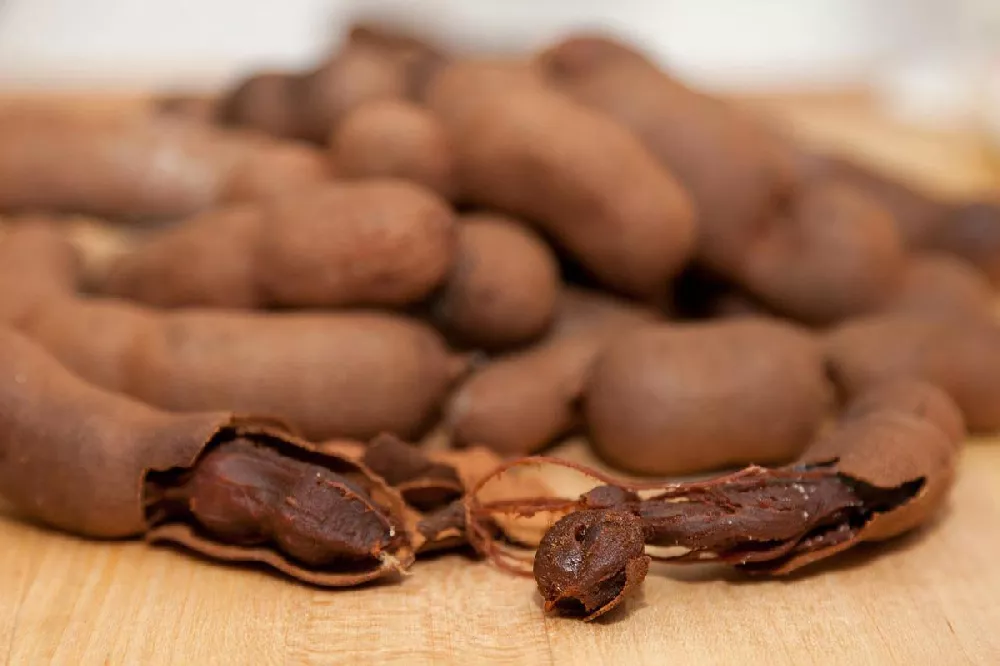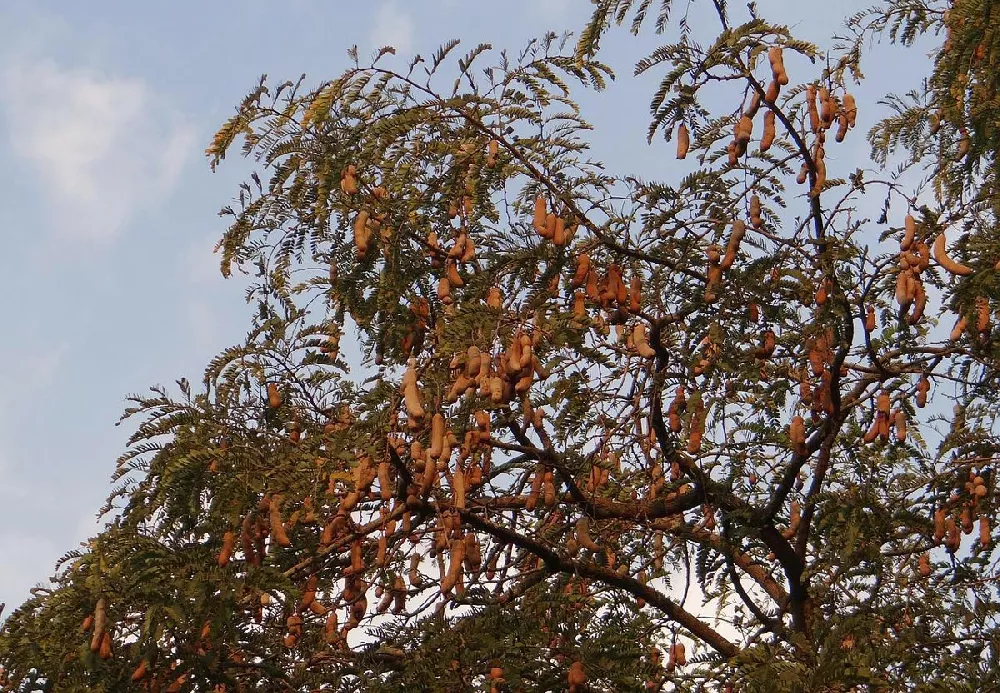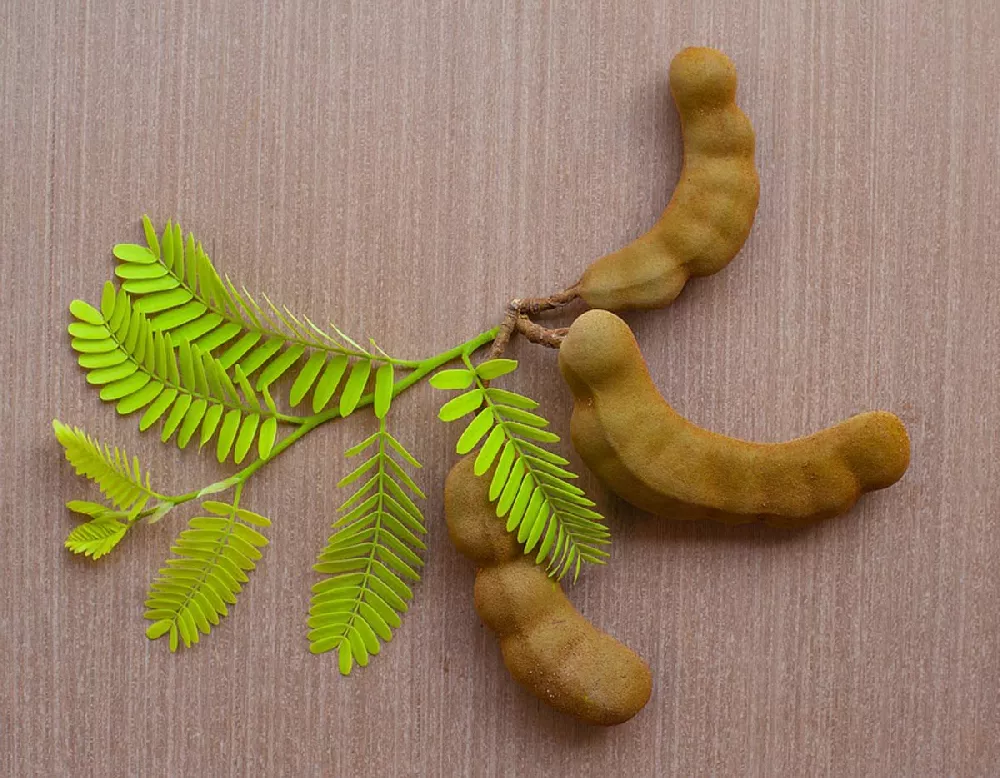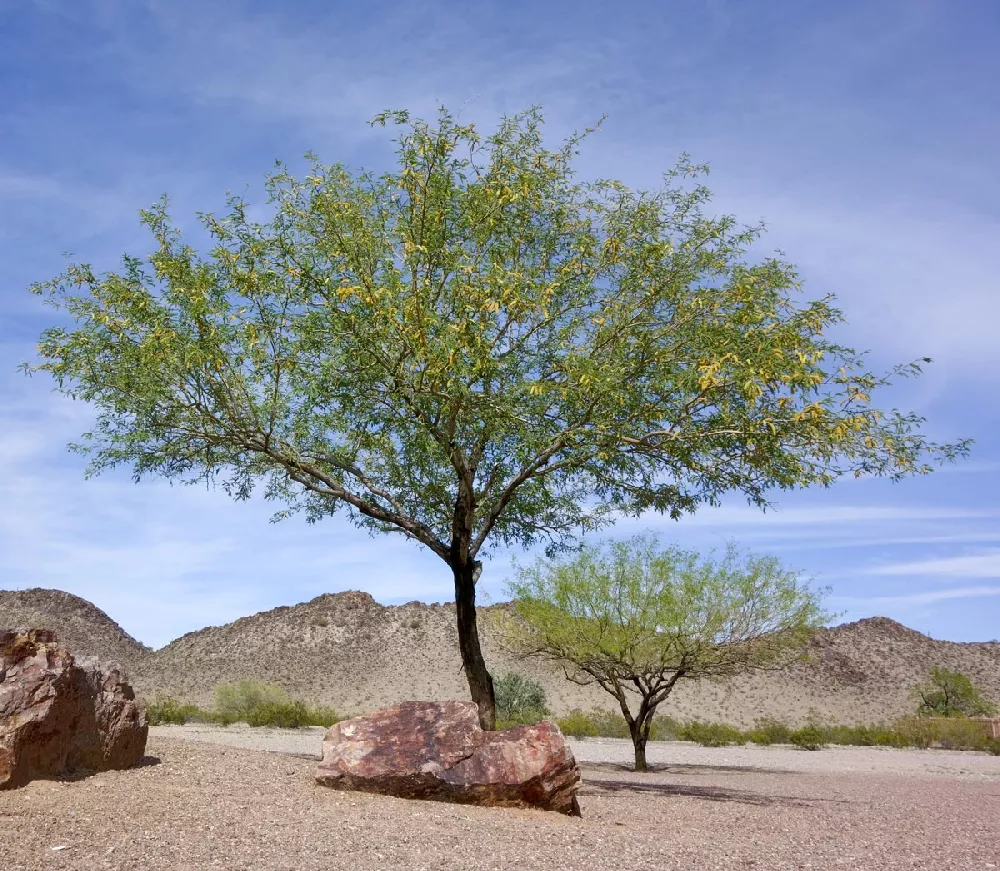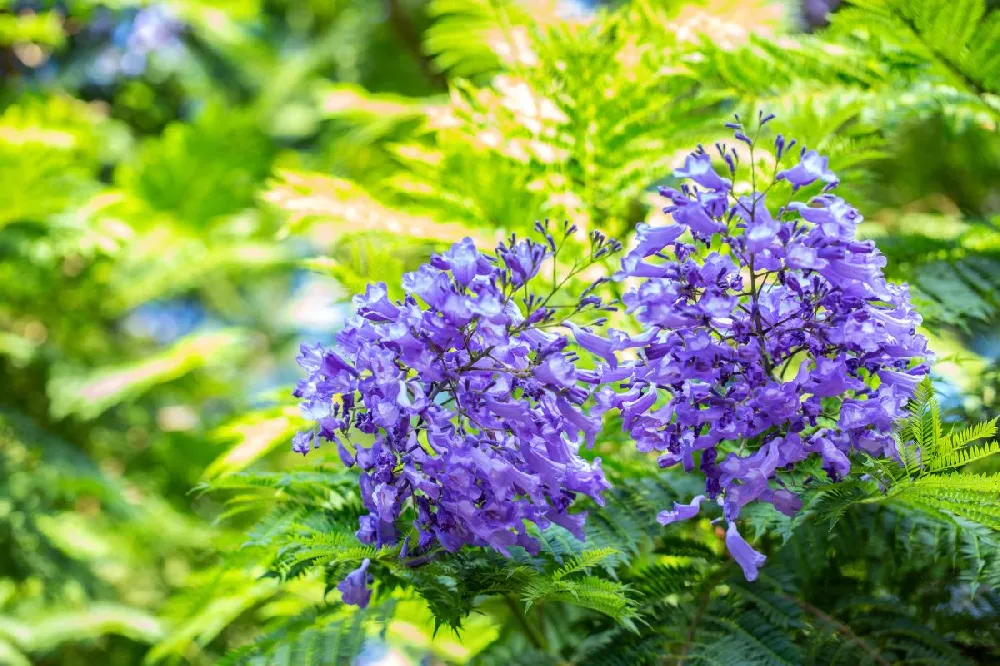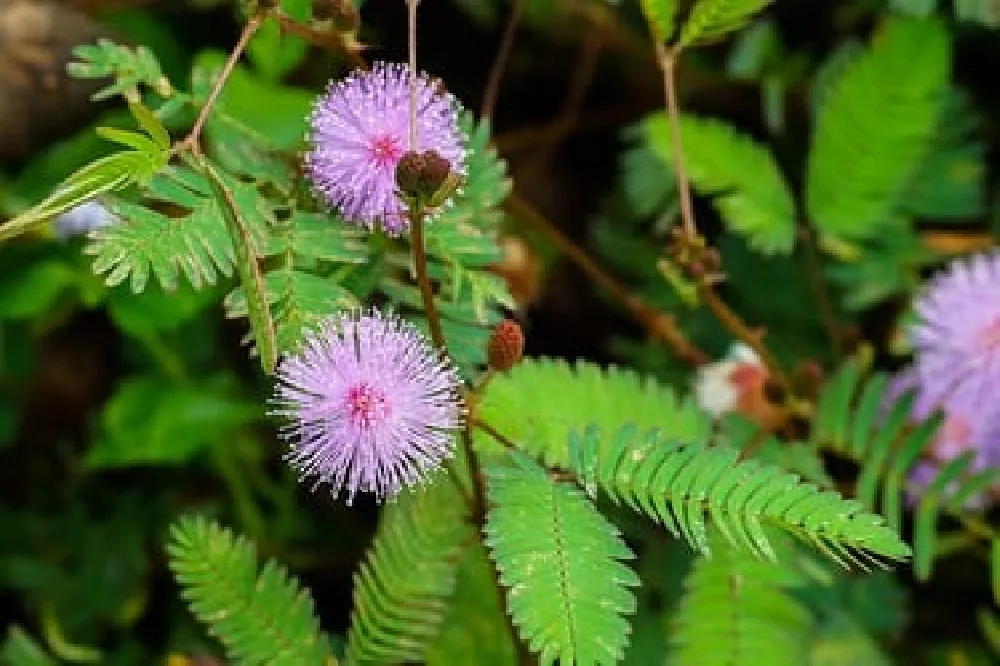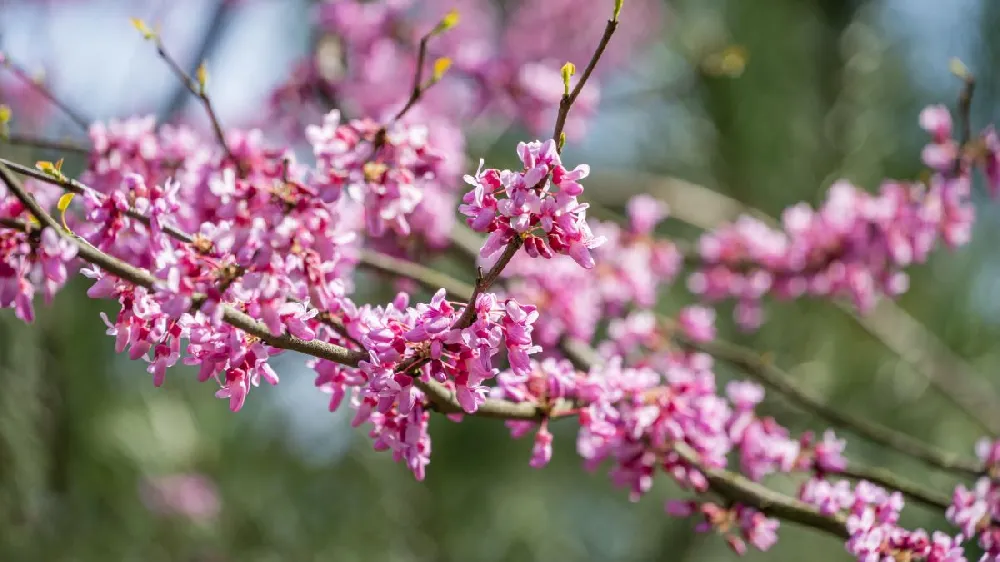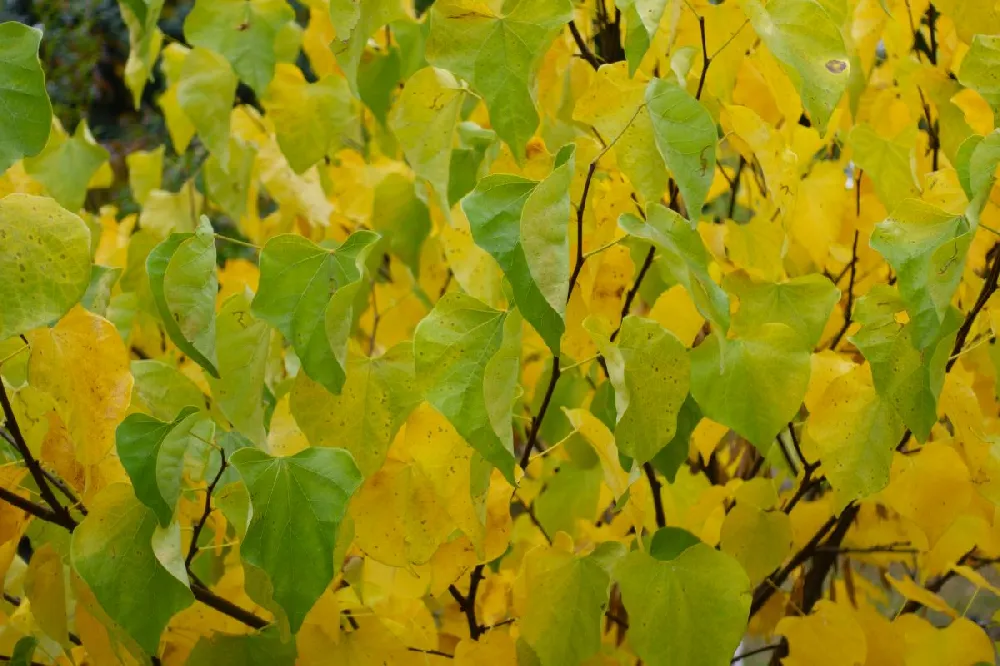- Home >
- Edible Plants >
- Tamarind Tree
Tamarind Tree for Sale - Buying & Growing Guide
- Ships in 1-2 days
- 1-Year Warranty Eligible
- Pots or accessories are not included unless specified in the product options.
Shipping Details:
Products shipped through FastGrowingTrees.com. Once your order is shipped, you’ll receive an email with a tracking number and estimated delivery date. Most orders will ship immediately.
The tamarind tree, known to botanists as Tamarindus indica, gains most of its popularity from the sweet legumes it produces. These fruits form in showy seed pods, offering flavor and a wide range of healthy nutrients. But the tamarind tree provides ornamental value as well as it takes on a striking vase form once it is mature. This species is also an ideal pick for those who dread extensive garden maintenance, as it proves to have incredibly low water and fertilization needs, especially when it has reached a mature age.
- Prominent seed pods offer fruits that are sweet, healthy, and versatile in the kitchen.
- The tamarind tree has a lovely vase-like shape at maturity.
- This tree is incredibly low-maintenance once established.
Plant Care
Sunlight

The tamarind tree survives in both full sunlight and partial shade.
Watering
This tree shows great drought resistance once established. During establishment, water when the top layer of soil is dry.
Fertilizing

Fertilizer should have higher amounts of nitrogen and phosphorus and be applied about every three months.
Planting and Care
Planting instructions
A tamarind tree won’t perish in partial shade. However, full sunlight gives this plant the greatest opportunity to thrive and produce the fruit pods for which it is so well known. Tamarind trees also have few preferences when it comes to soil type and quality. Focus instead on creating a planting hole that’s as deep as the root ball is tall and at least twice as wide. You should also ensure that your tree has plenty of space in which to expand. About 30 feet of space is often enough to accommodate your tamarind tree’s mature size.
Watering and nutrients
As is typically the case, young tamarind trees will need far more water than those that are old. During establishment, check the soil and provide water whenever the first few layers have become dry. When your tree is older, it will tolerate drought and may need little to no supplemental watering except during droughts and heat waves. Mature tamarind trees will usually survive without fertilization as well. However, applying a fertilizer with higher amounts of nitrogen and phosphorus every three months can encourage healthy growth and fruit development.
Pollination
Tamarind trees bloom in the spring with flowers that can range in color from red to yellow. These flowers have both male and female parts, allowing this plant to undergo self-pollination or cross-pollination. As such, you can produce fruits with a single tamarind tree, but having more than one will make for a better harvest in most cases. Usually, tamarind trees rely on insects, including honey bees, to conduct their pollination each year. Once the flowers are pollinated, they will give way to the fruit pods that arrive a few weeks later.
Pruning
Prune your tamarind tree in the spring or in the summer with tools that are both sharp and clean. While this tree often develops into a pleasing form on its own, some pruning will help its growth. Specifically, you may want to focus on thinning the canopy of this tree, as it can become quite dense if you don’t. You should also know that this tree typically responds quite well to pruning, so you don’t need to worry about harming the tree as you make your pruning cuts.
Pests, diseases, and animals
Insect pests should be one of the greatest concerns for anyone growing a tamarind tree. The most damaging of these pests is often an insect called the oriental yellow scale, but other types of scale can attack as well. Mealybugs and fruit borers can also be a problem for tamarind trees and may affect the overall health and the fruits of this species. Diseases are less common but can be a challenge, with leaf spots being one of the most prominent.
Harvesting
The fruits of a tamarind tree are usually ready for harvest in the spring months of March and April. These fruits form in pods, and when the pods are dry and brown, that usually means they are ripe. Often, these trees drop unripe pods on the ground below the canopy. You can harvest these fallen fruits and those that remain on the branches, and both will continue to ripen while they are in storage.
Achieving maximum results
While tamarind trees are incredible for their edible uses, you should not neglect their ornamental value. Tamarind tree leaves are small and give a distinctly tropical feel to your garden. These plants also have spreading branches that make for a nice form and provide you with plenty of shade once they are large enough. Still, the edible uses of this plant are impressive, and anyone who grows a tamarind tree for its fruit should take full advantage and incorporate these legumes into meat dishes, sauces, and more.
FAQs
How do you eat tamarind tree fruits?
When your tamarind tree pods are ready for harvest, you can eat them right away. At times, you may need to soak the pods to soften the outer layer for peeling. Once you peel the outer layer away, you can access the pulp within. This pulp surrounds the seeds and can be eaten raw or incorporated into many different dishes. You can eat the seeds themselves as well. However, they are often hard and are more enjoyable when you prepare them in some way.
Where does the tamarind tree grow?
Tamarind trees are native to Africa and grow naturally in tropical and subtropical regions. Since this plant has such a strong preference for warm weather, it can only survive outdoors in a few areas of the United States. Zones 10 and 11 are ideal for this species. But those who live in colder regions can overwinter this plant to keep it alive.
What is the growth rate of a tamarind tree?
Tamarind trees put forth vigorous growth each year. In the correct conditions, they can add about 1 to 3 feet of new growth each growing season. These plants will eventually reach a mature height of 40 to 60 feet. Tamarind trees also begin fruiting relatively early in their lives. After just three to four years, your tamarind will begin developing harvestable pods and continue to do so for many years.
Compare Similar Products
You can't add more Product Name - Product size to the cart.
OK